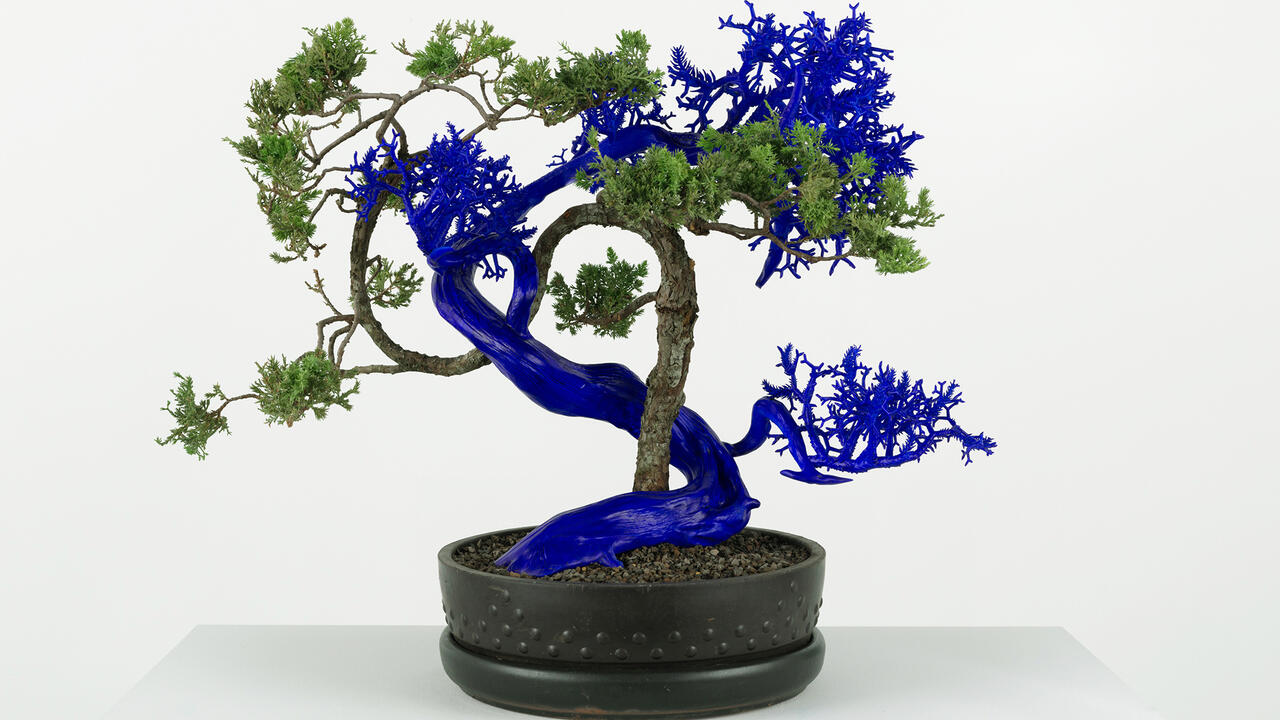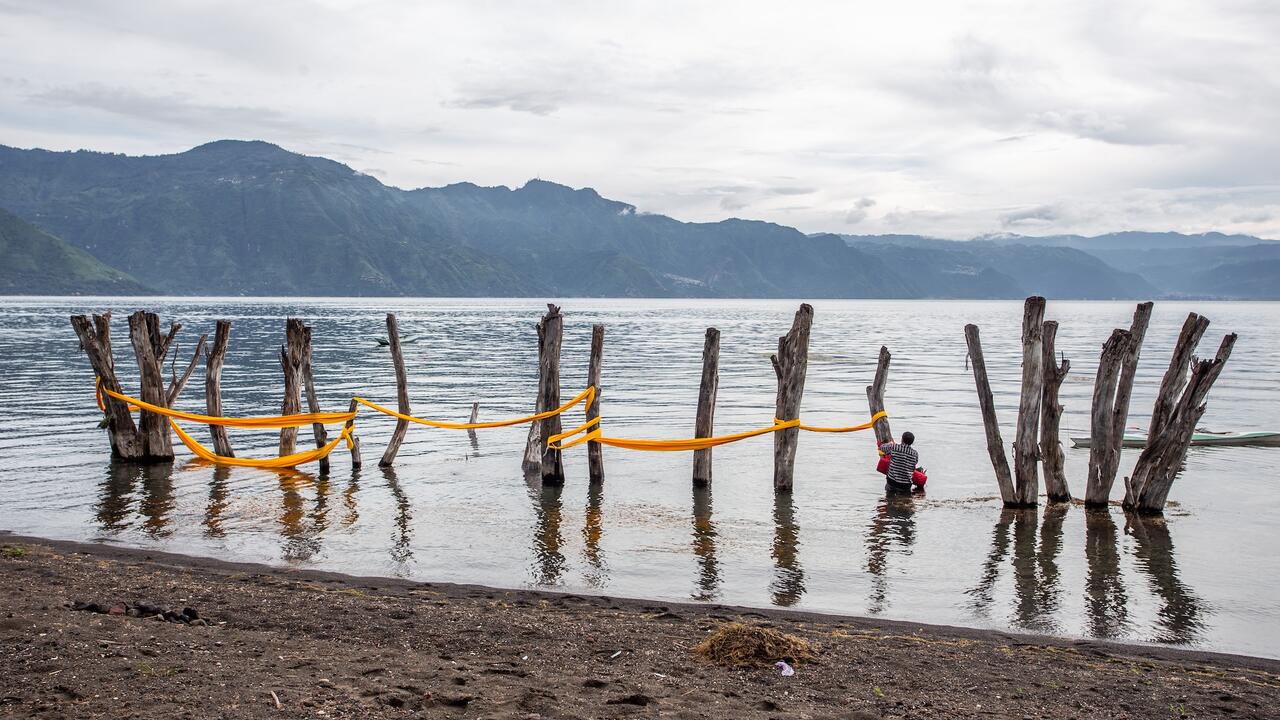‘Most of These Items Are Not Art’: Native American Advocacy Group Protests Met Show
The museum is including Indigenous pieces in its American wing for the first time – but did it consult with tribal representatives?
The museum is including Indigenous pieces in its American wing for the first time – but did it consult with tribal representatives?

The Metropolitan Museum of Art in New York has come under fire for a show of Indigenous works, ‘Art of Native America: the Charles and Valerie Diker Collection’. The Native American advocacy group Association on American Indian Affairs (AAIA) has singled the exhibition out for criticism, alleging various ethical problems.
The ‘Art of Native America’ show, drawn from the collection of philanthropists Charles and Valerie Diker – with some pieces on loan, and others donated to the museum – is being exhibited in the Met’s American wing, as per Charles Diker’s instructions. It is the first exhibition of Indigenous pieces to be showcased as ‘American art rather than tribal art,’ in order to ‘recontextualize what we define as American culture’, Diker has said.
The new display of pieces, dating from the 2nd century through to the early 20th century, from textile mantles to wooden scuptures, has been regarded by some as a landmark moment in offering Native artists equal billing with Euro-Americans, after years of being labelled as ‘primitive art’. At the Met, such works would previously have been displayed in the Art of Africa, Oceania, and the Americas galleries. Met director Max Hollein described it in a statement as marking ‘a critial moment in which conventional narratives of history are being expanded to acknowledge and celebrate the contributions of cultures that have long been marginalized.’
However, AAIA executive director Shannon O’Loughlin has said: ‘Most of these items are not art: they are ceremonial or funerary objects that belong with their original communities and could only have ended up in a private collection through trafficking and looting.’ O’Loughlin claimed that curators ‘did not consult with affiliated tribal representatives to perform their due diligence,’ according to The Art Newspaper. The organization has called for the pieces to be removed from display until such consultations have been carried out.
The Met has disputed the allegations, saying that it sought regular dialogue with Indigenous representatives. A museum spokesperson commented: ‘we have engaged regularly and repeatedly with tribal leaders in many Native communities throughout the country as part of the museum’s long-term commitment to consultation and partnerships.’ The AAIA’s O’Loughlin described this as ‘a very broad statement’ which did not account for proper consultation ‘to understand whether they possess sensitive items and to seek consent to display those items.’























